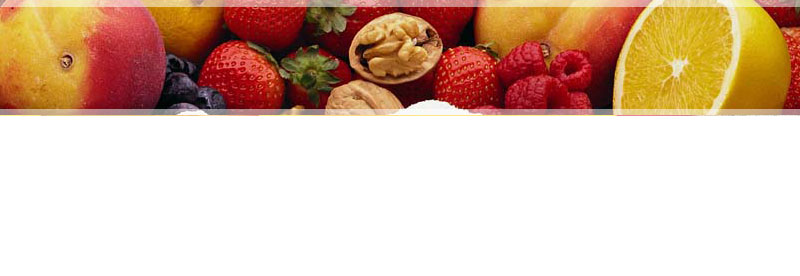| Serving Size | ||||||||
| print the page | email the page |  |
|
|||||
The serving size shows the amount of the food that is recommended for one serving. The nutrition label lists the nutrients for each serving size. The serving size is a standardised value that allows foods to be compared for various nutrient values and energy.
The number of servings (per package) is also displayed on each nutrition label.
As a standard, a serving size of 100g is also displayed on nutrition labels, irrespective of the serving size portion.
Advertisement
How is serving size displayed?
The serving size (and the number of serves per package) is usually displayed at the top of the nutritional label.
The following is an example showing how serving size is displayed on nutrition labels (highlighted in pink):

Advertisement
What is the purpose of displaying serving size?
The serving size is displayed to allow consumers to be aware of the following:
- the amount of the food that is recommended for one serving
- the values of nutrients in the serving size
- how many servings are in the package
The purpose of displaying the serving size is to allow consumers to understand how much of the packaged food they are eating as well as the calorie content of the recommended serving size.
More information
To learn more, see Food Standards Australia.
references
- Food Standards Australia and New Zealand - information about the nutrition labels in Australia and New Zealand, accessed 7 January 2007
- US FDA - Understanding Nutrition Labels - detailed information about all nutrition labels in the USA


